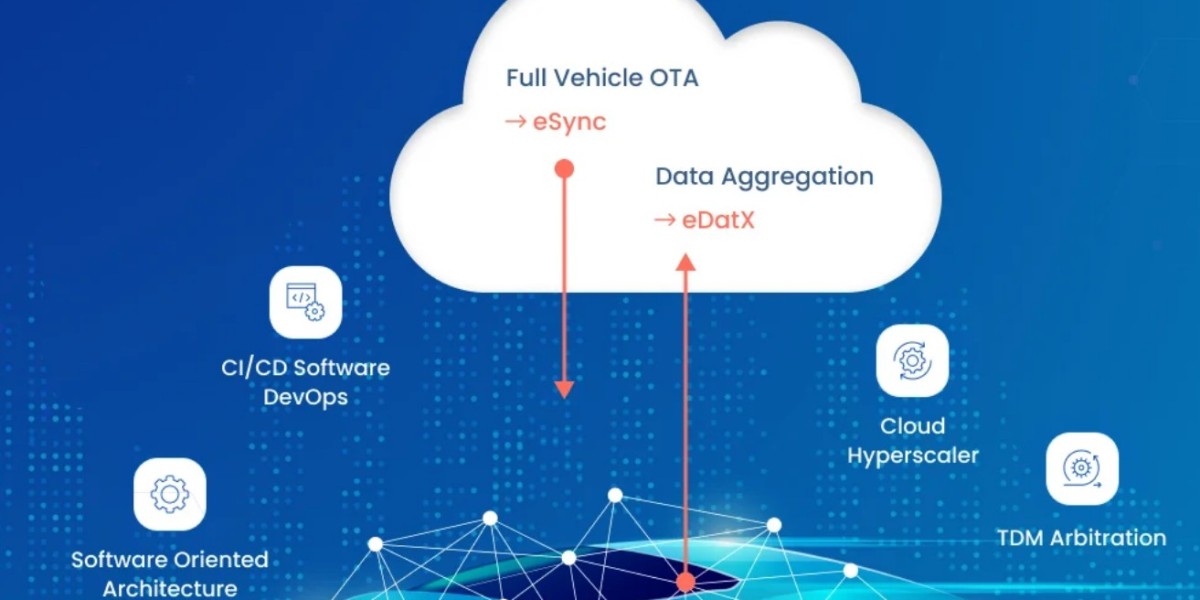When it comes to eSync technologies, compatibility with existing automotive systems and protocols plays a pivotal role in facilitating seamless integration and maximizing the benefits for manufacturers, service providers, and consumers. Let's delve into whether eSync technologies are compatible with existing automotive systems and protocols.
Understanding eSync Technologies
Before we explore compatibility, let's briefly understand what eSync technologies entail. eSync is a sophisticated software platform designed to facilitate seamless synchronization of data, software updates, and diagnostics in vehicles. It operates on a client-server architecture, enabling over-the-air (OTA) updates, real-time monitoring, and personalized user experiences, among other functionalities.
Compatibility with Existing Systems
One of the primary concerns when adopting new technologies in the automotive industry is compatibility with existing systems and protocols. Fortunately, eSync technologies are designed to be highly compatible with a wide range of automotive systems, protocols, and standards. Whether it's electronic control units (ECUs), infotainment systems, telematics modules, or onboard communication networks, eSync can seamlessly integrate with existing components and architectures.
Seamless Integration
eSync technologies are built with interoperability in mind, allowing for seamless integration with various automotive systems and protocols. Whether a vehicle utilizes proprietary protocols or industry-standard communication protocols such as CAN (Controller Area Network) or Ethernet, eSync can adapt to the existing infrastructure without requiring extensive modifications or replacements. This ensures that manufacturers can leverage eSync technologies without disrupting existing workflows or investments.
Support for Industry Standards
In addition to compatibility with existing systems, eSync technologies also support industry standards and frameworks, ensuring alignment with best practices and regulatory requirements. Whether it's ISO/SAE 21434 for automotive cybersecurity or AUTOSAR (Automotive Open System Architecture) for standardized software architectures, eSync can be implemented in accordance with established guidelines, providing a standardized approach to vehicle synchronization and updates.
Flexibility and Scalability
Another advantage of eSync technologies is their flexibility and scalability, allowing for adaptation to diverse automotive environments and use cases. Whether deployed in passenger cars, commercial vehicles, or electric vehicles, eSync can accommodate varying requirements and configurations, providing manufacturers with the flexibility to customize implementations based on specific needs and preferences.
Conclusion: Embracing Compatibility for Seamless Integration
In conclusion, eSync technologies exemplify compatibility with existing automotive systems and protocols, offering seamless integration, support for industry standards, and flexibility to adapt to diverse environments. By embracing compatibility, manufacturers can leverage eSync technologies to enhance vehicle synchronization, streamline software updates, and deliver personalized user experiences without disrupting existing workflows or investments. As the automotive industry continues to evolve, compatibility will remain a cornerstone for driving innovation and ensuring the seamless integration of new technologies into vehicles of the future.








